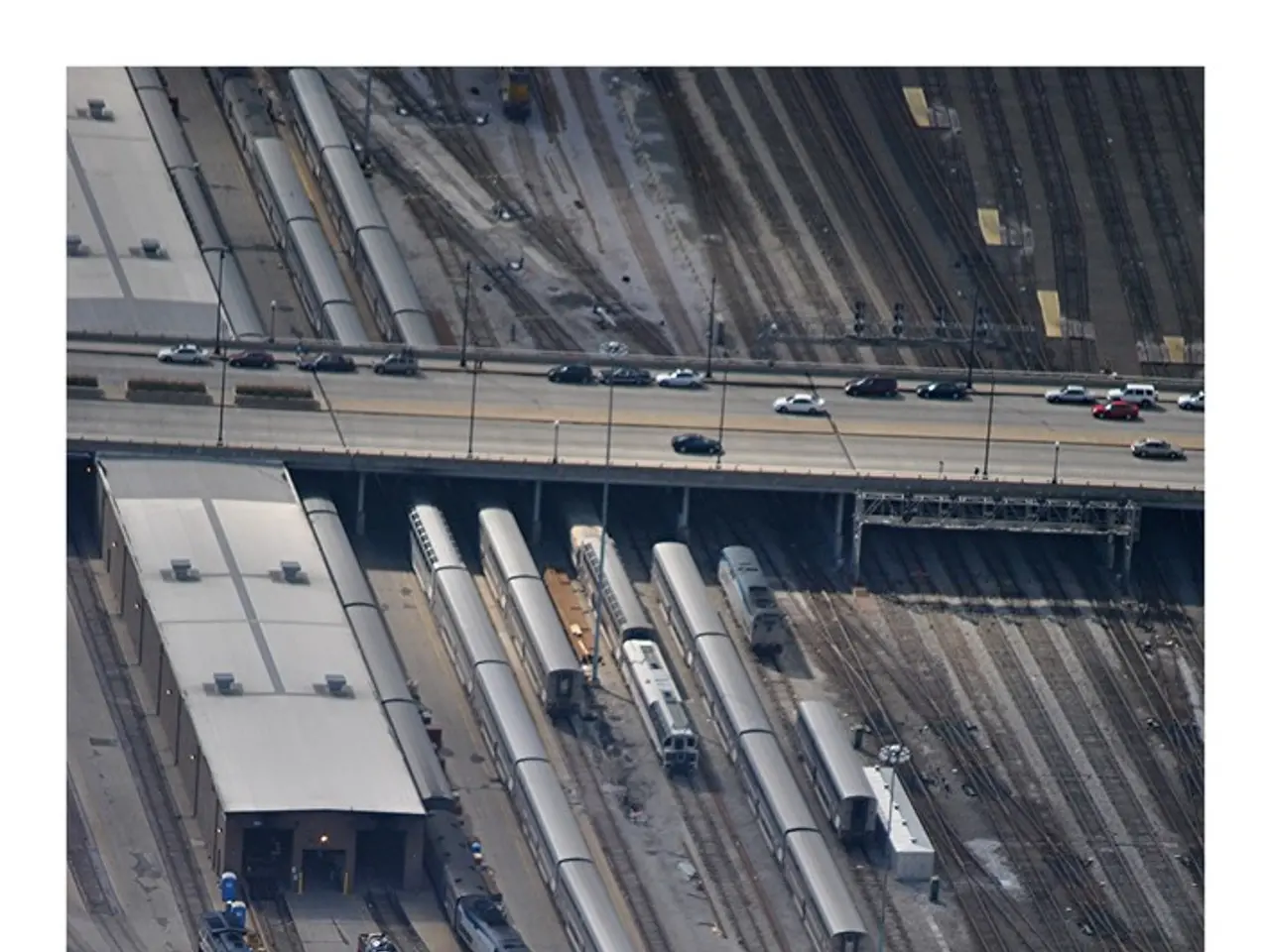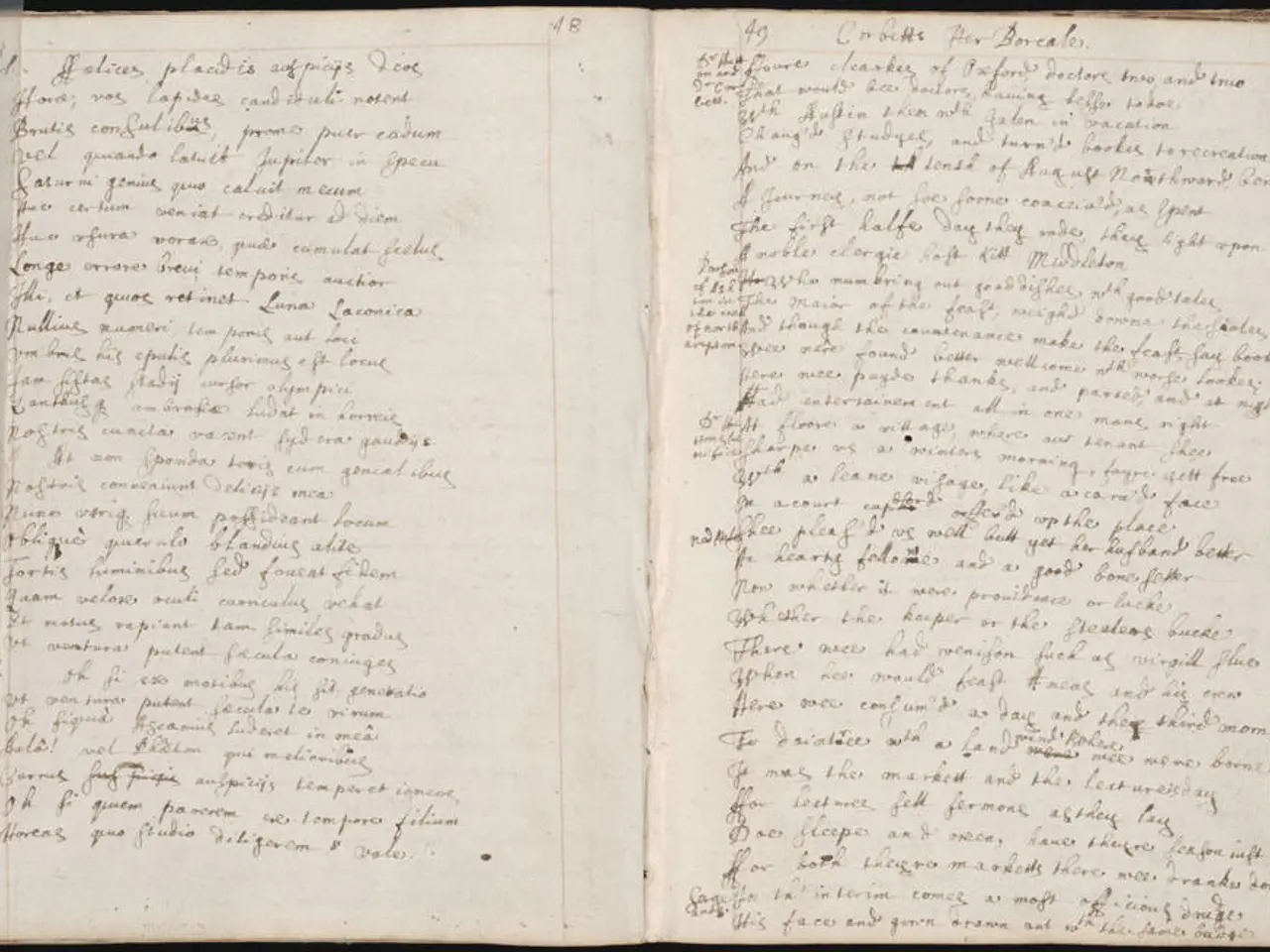24-hour operations instigated for crisis center amidst northern Thailand's potential disruption by Wipha
The Royal Irrigation Department (RID) has forecasted heavy to very heavy rainfall in upstream areas, which will increase water flow into the Chao Phraya River. This has prompted a heightened flood response from the Thai government, focusing on the Lower Chao Phraya basin, including provinces like Chai Nat, Sing Buri, Ang Thong, and Ayutthaya.
In an effort to manage the anticipated heavy rains in August and September, dam operations downstream from the Chao Phraya barrage to the Rama VI and Pasak Jolasid dams are being synchronized to control and mitigate the effects of the rainfall. The government has also deployed heavy equipment, water pumps, sandbags, and ensured emergency infrastructure readiness. Vulnerable populations have been evacuated to temporary shelters with full support for food, healthcare, and utilities.
Mobile kitchens, rescue boats, drones, jet skis, and temporary Bailey bridges are being used as needed, while security and transport are supported by police and volunteers to manage the flood response efficiently. This response is part of a wider nationwide effort, with a 24-hour war room established early on to coordinate real-time disaster management and integration of flood preparedness plans.
The Office of the National Water Resources (ONWR) has urged rapid integration of action plans, reinforcement of flood barriers, and mobilization of water pumps and machinery to manage widespread rainfall. There is round-the-clock monitoring of river levels, including in the Mekong and Lower Chao Phraya basins.
The RID has warned residents living downstream of the Chao Phraya Dam to brace for rising water levels. The Department of Disaster Prevention and Mitigation (DDPM) and all provincial agencies have been placed on high alert. Acting Prime Minister Phumtham Wechayachai has ordered the establishment of a 24-hour war room to coordinate the government's response to Tropical Storm Wipha.
The RID urges communities along the Chao Phraya River, particularly in low-lying areas, to remain vigilant and take preventative measures against potential overflow. As of now, there is no standing floodwater in the area, but flash flooding is expected. Equipment has been deployed to key areas to prepare for flash flooding.
The war room will be used to respond to heavy rainfall expected in northern Thailand. The areas most at risk of flooding due to overflow include Phong Pheng Canal, Ang Thong; Bang Ban Canal, Ayutthaya; Hua Wiang subdistrict, Sena district, Ayutthaya; Lat Chid and Tha Din Daeng subdistricts, Phak Hai district, Ayutthaya; and Noi River, Ayutthaya.
The RID will release water through the dam at a rate of 700-1,200 cubic metres per second, which could cause water levels downstream to rise by 20-80 centimetres above current levels. By July 25, the water flow at Station C2 in Mueang district, Nakhon Sawan province, is expected to reach approximately 1,400-1,500 cubic metres per second.
The DDPM and provincial agencies continue to maintain clear communication with the public, ensuring that any changes in the situation will be promptly communicated. Residents are urged to closely monitor water levels and prepare in advance to minimize damage.
In response to the threatening tropical storm, war-and-conflicts-related news taking a backseat, the Thai government has established a 24-hour war room to manage the anticipated flood situation, focusing on the Lower Chao Phraya basin, where politics meets general-news, including provinces like Chai Nat, Sing Buri, Ang Thong, and Ayutthaya. With the imminent threat of flash flooding due to the expected rising water levels downstream, the Department of Disaster Prevention and Mitigation (DDPM) and all provincial agencies remain on high alert.








